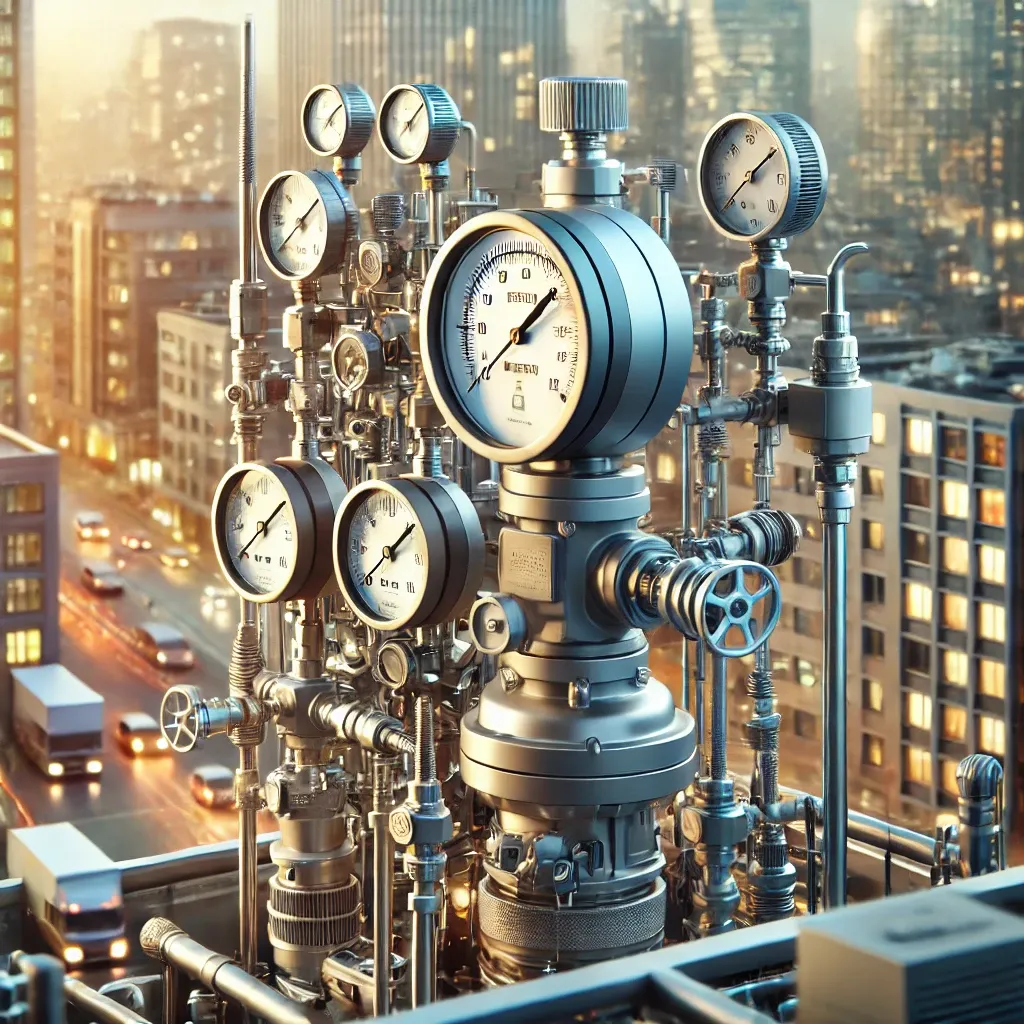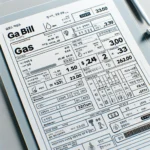Curious about how city gas systems work and what regulates them? Learn about the city gas regulator, low-pressure standards, decomposition inspections, and how gas creation ratios affect urban infrastructure.
City Gas Regulator: Essential for Safety and Efficiency
City gas regulators are crucial devices used in urban gas systems. These systems deliver natural gas to homes, industries, and businesses while ensuring safety and efficiency. The primary function of a gas regulator is to control the pressure of gas before it reaches its intended destination, whether a residential home or a factory. Without these regulators, gas could be supplied at dangerously high or fluctuating pressures.
Functionality of Gas Regulators
Gas regulators are installed to manage the pressure from high-pressure pipelines to low-pressure distribution networks. Gas flows through pipes from gas plants or underground reservoirs and needs to be regulated before reaching users to prevent damage to appliances, ensure safety, and optimize energy use. The regulator is the backbone of this entire distribution system, maintaining a balance between demand and supply.
Importance of Regular Maintenance
Like all mechanical devices, city gas regulators require regular maintenance and inspection. Over time, they can become clogged with debris, corroded, or wear out due to constant pressure changes. To prevent this, regular inspections should be carried out, which includes checking for leaks, ensuring pressure readings are accurate, and confirming that all components are functioning as expected.
Additionally, ensuring that city gas regulators are operating at optimal levels can improve energy efficiency, helping to reduce energy consumption across urban areas.
👉 Learn more about maintaining city gas regulators 👈
City Gas Low Pressure Standard: Ensuring Consistency and Safety
City gas systems must adhere to strict pressure standards to ensure the safe delivery of gas. The low-pressure standard refers to the pressure at which the gas should be supplied to users, generally in residential areas, to avoid potential accidents. This pressure is typically lower than the pressure used in industrial settings, where higher amounts of gas are required for machinery or production processes.
Why Low Pressure Is Critical
At low pressure, the gas is not likely to cause any damage or safety hazards. The standard ensures that gas is delivered consistently without sudden fluctuations that could lead to equipment malfunctions or gas leaks. For example, a fluctuation in pressure could cause gas appliances like stoves or water heaters to malfunction, leading to inefficiency or, worse, safety issues.
How Low Pressure Is Monitored
Gas companies often monitor pressure through advanced digital systems that provide real-time readings of gas flow. These systems are designed to automatically adjust the pressure if it deviates from the set range. In some cases, if the pressure falls below a specific threshold, an alert is triggered to prevent any unsafe conditions.
Ensuring a consistent low-pressure standard helps both consumers and service providers by providing reliable, safe, and efficient gas distribution.
👉 Dive deeper into city gas pressure standards 👈
City Gas Creation Ratio: Understanding Its Role in Supply and Demand
The city gas creation ratio refers to the proportion of gas supplied by different sources, such as natural gas fields, liquefied natural gas (LNG) imports, or renewable sources. This ratio is vital because it helps in balancing energy supply, managing costs, and reducing environmental impact.
How the Gas Creation Ratio Affects Supply
City gas suppliers often source gas from multiple channels, and the creation ratio defines how much of the total gas supply comes from each source. For example, in some cities, a higher percentage of natural gas may be imported via LNG, while others may rely more on local reserves or renewable gas production methods.
Understanding the creation ratio is essential because it influences the overall cost of gas, the reliability of supply, and even the environmental footprint of the city’s energy system. When LNG prices rise or domestic production decreases, the gas creation ratio can be adjusted to reflect these changes.
Sustainable Gas Creation
Many cities are now focusing on increasing the ratio of renewable energy sources in their gas mix. Biogas and synthetic natural gas (SNG) derived from waste or renewable processes are becoming more common, helping to reduce carbon emissions associated with traditional fossil fuels. Over time, a higher renewable gas creation ratio will be crucial for achieving sustainability goals in urban energy systems.
👉 Learn more about the gas creation ratio 👈
Conclusion
City gas systems are complex and essential to urban living, ensuring that homes and industries receive the energy they need safely and efficiently. The city gas regulator plays a critical role in this, keeping pressure consistent and preventing hazards. At the same time, maintaining low pressure standards helps prevent equipment malfunctions and maintains safety across all systems. Finally, the creation ratio of city gas highlights the importance of sustainable sourcing for future energy security and environmental goals.
In the words of famous scientist Nikola Tesla: “The present is theirs; the future, for which I really worked, is mine.” The future of urban gas management lies in innovation, sustainability, and safety, ensuring that cities continue to thrive without compromising environmental responsibility.






